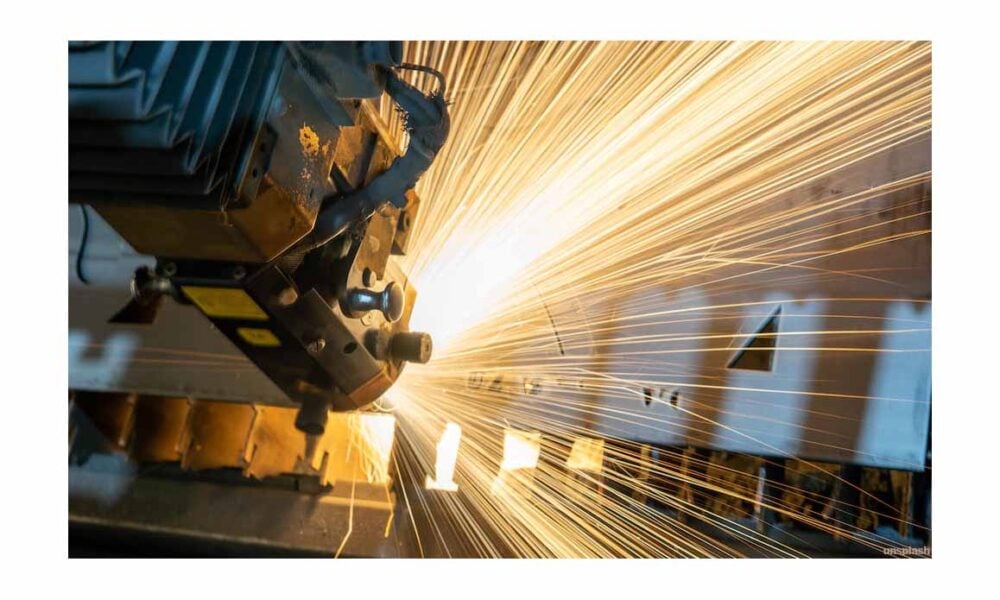Technology
Demerits of Industrial Robot Arms

Industrial robot arms are very efficient for industry’s that need fast and efficient production. It is important to note that robot arms are programmed and controlled by humans who set them up to work on their behalf. They are in simple terms, machines that do not tire or need a break, unlike humans. As much as many advantages come with the use and application of industrial robot arms, there are also disadvantages.
In this article, we take a quick look at some of the pros and cons of robot arms in the industrial sector.
An industrial robot is described by Wikipedia as an ‘articulated robot for end-of-arm tooling‘.
Used in manufacturing the robot arm has many uses including welding, painting, packaging and so on. It’s clear to see there are many advantages for its use and it’s smarter today than when it was first created back in 1937. Today the EoT (End of arm Tooling) is the most essential part of the robot, and it’s capable of performing many functions including
- Grasping – using electromechanical or pneumatic
- Picking up objects – using vacuum or magnets
- Positioning objects – using sensors
Pros of Industrial Robot Arms
The list of advantages for using robot arms in the industry is long and includes accuracy and precision, greater output, i.e. higher productivity and use in hazardous or dangerous environments. There are other uses for them too including the robot arm used by NASA in space and in 3D Printing.
There is always a cost for the use of robots including the impact on society with job replacement, and our fear of the unknown, i.e. will they end up smarter than we are?
Demerits of Industrial Robot Arms
Let’s look more closely at some of the demerits that come with the use of industrial robotic arms today.
Technical Know-how limitations
The use of industrial robot arms comes with the need for an expert in how they operate. In most cases, this might not be a position under the firm’s hierarchy, but the need arises when the industrial robotic arms have to be used for faster and effective products in the industry. This will force the organisation’s management to look out for personnel with the know-how of how the industrial robotic arms operate.
After bringing them in, they must go through an internal training of what products the industry produces and its specifications. If the industry does not want to invest in getting someone trained or experienced in the industrial robotic arms to use, then they will have to take their already acquired staff for training maybe not major just to be able to operate ad make use of the robotic arms.
They need constant monitoring
The robotic arms are machines, hence need to be programmed, checked, and often monitored to ensure all is going as intended. This will hence mean fewer people as human labor is lessened. The industrial robot arms can be remotely monitored and hence fewer people are needed in the industry.
When remotely monitored, the robot arms can send back the feedback to the one operating them via text. In-case there is a technical hitch, the correction could be done remotely without even stopping the robot’s operations. This could be well incorporated by industries even in such times as the Covid-19 pandemic whereby people should keep social distance and much more of the working from home being encouraged.
The fear of loss of jobs
As mentioned earlier, some jobs in business and industry traditionally performed by people are being replaced by robots. However, new jobs arise with the adoption of new technologies so the fear can be managed by the business.
Robots are not creative nor innovative
Unlike human beings, industrial robot arms do not think. Human beings think over things even as they work, they would develop better working methods or resolve an issue. Human beings are creative and innovative, too, unlike the industrial robot arms. The robot arms work according to the settings put on them, which is what they deliver. In- case any better way came up of producing a product, for example, then the production would have to be done afresh.
Summing up
The industrial robot arm is not new. However, its use in industrial sectors has become more prevalent, and now they are preferred to perform many functions in sectors including medical, industrial, manufacturing and space.
Right now we are getting a lot of value from robots and new techs like AI, ML, VR, and natural language processing all we need to do to work on minimizing risk and manage worker expectations.









